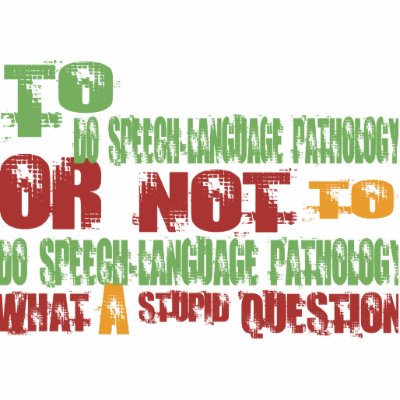Hey fellow speechies! This post is for you. I know, I know, you probably don't want another data sheet in your arsenal. And that's ok. Or maybe you are going through an "I hate my data sheets" phase like I did about a billion times. But I made it through that phase and now I happen to think this data sheet is the best one out there. It's simple, and I'm a simple gal. Simple is my middle name. Actually, it's Christine. But that doesn't matter. When it comes to paperwork, my mantra is: "No frills, just function." So I now present you with my
Data Sheet:

I print out tons of these before each school year and put a couple of them in each student's tab of my binder. Then I write in their individual objectives in the top right box. This is also how I keep track of how many times they have met their objective. Since I usually write goals with a phrase like, "...over 3 observations" then I can quickly glance to see how many times they have met that goal. I just write the date in the box.
I like the data boxes because each row has 20 boxes. Therefore I don't need a calculator because I know each plus is worth 5%. And I hate math. The less math the better. Big factor in my career choice.
The HW column is homework. I do an "R" if they returned last week's and an "S" if I sent out new homework. I like the notes section because I can write any sounds or new vocab words we discussed which makes it easy for me to review the following week.
This next chart is my
R Progress Chart. This is what I use to keep track of my R kids' progress. It goes with "The Entire World of R" very well but I know there are other similar programs that it would work with too. I like it because I have learned that it is crucial to teach these sounds separate and make sure I don't go too fast in teaching them or in advancing them to the next level. This helps me keep track and it also helps the student see their progress. I just write the date they achieved at least 90% or more (or whatever their personal criteria is) in the box.
I hope you find these useful. If you decide to use them leave me some love in the form of a comment so I can feel good about the time it took me to post this.:)
Good luck as you get ready for another year!




















.jpg)


